Embracing Alabama's Longleaf
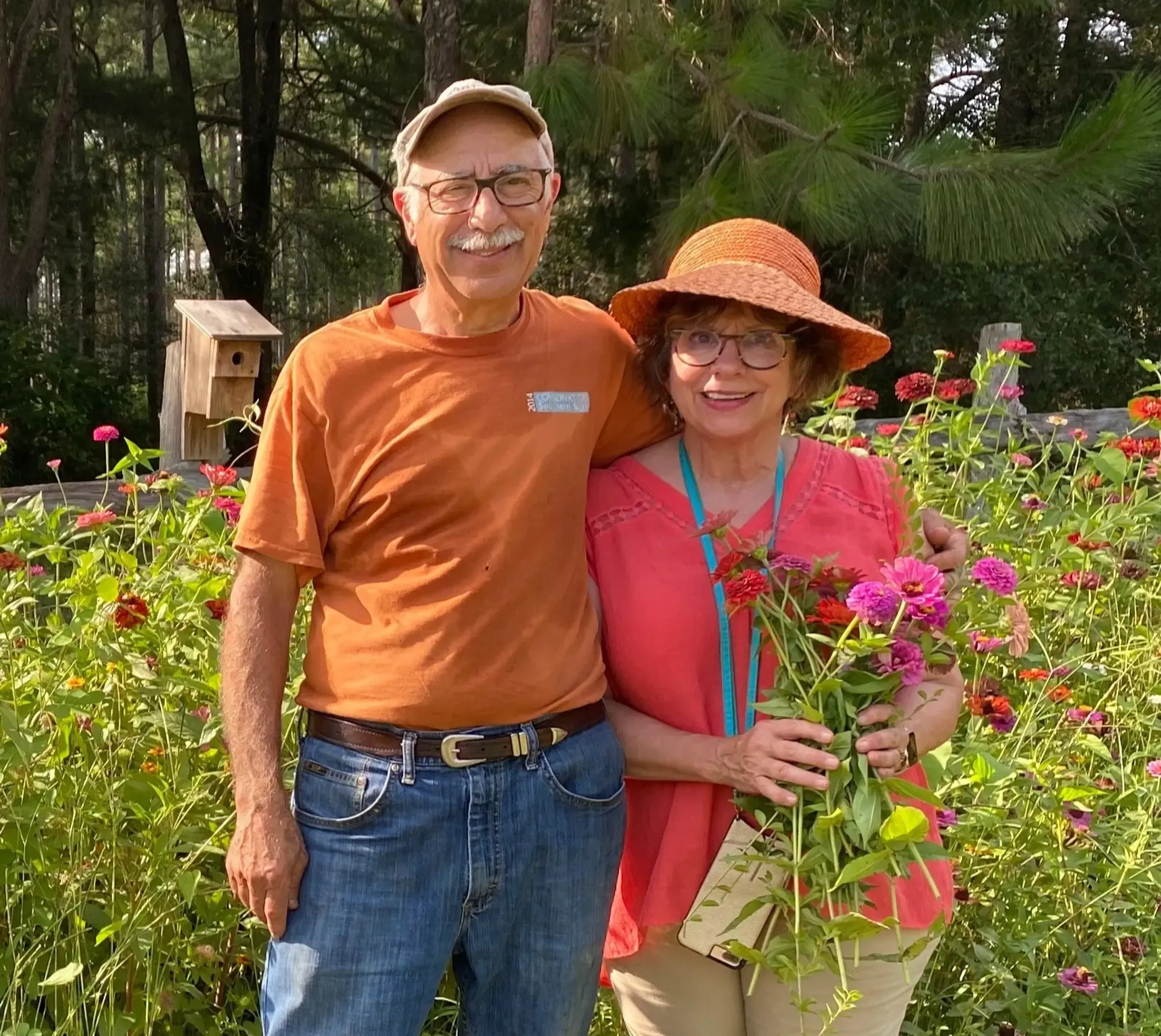
Salem and Dianne Saloom on their property in Evergreen, Alabama.
As a curious child and Eagle Scout in southeastern Alabama during the 1950s, Salem Saloom was surrounded by longleaf pine forests like the ones he and his wife, Dianne, and son, Patrick, now manage.
But it wasn’t until he was done with medical school and his surgical residency that Salem took up hunting – deer and nighttime raccoon hunting, then dove and quail, and finally turkey – and was moved to buy land of his own.
"Hunting introduced me to all the possibilities and benefits of owning land – aesthetics, financial, hunting and wildlife, recreation, legacy, education, giving back," said Salem. A way of life, in other words, that coincided with his most deeply held values.
So, in 1983 Salem sold his interest in an S Corporation that owned 2,000 acres two hours away and bought his first 160 acres in Evergreen, Alabama. Seven years later, on November 10, 1990, he and Dianne were married; they recently celebrated their 30th anniversary.
Today, after 11 total purchases, the Salooms own 2,200 acres – 1,875 of which are contiguous – and now live permanently on the original Evergreen property. "I never even considered buying land somewhere other than south central Alabama," said Salem.
For more than 30 years, he balanced a busy surgery practice with tree farming, church work and family. "My surgical practice was running my life. I was doing more than half of the surgery in a three-doctor group, and could find no way to slow down," he said about cutting back.
But cutting back on hours in surgery meant increasing hours in the place he loves most: his own forest.
After much discussion and prayer, Salem decided to leave his practice behind. "But I don’t believe in the word ‘retire,’" he said.
Salem is, by his own and Dianne’s account, the guy in any room who makes the plan then ensures everyone else sticks to it. "To be a surgeon, you have to be meticulous and somewhat obsessive-compulsive. I bring that same precision to managing the forest," he said.
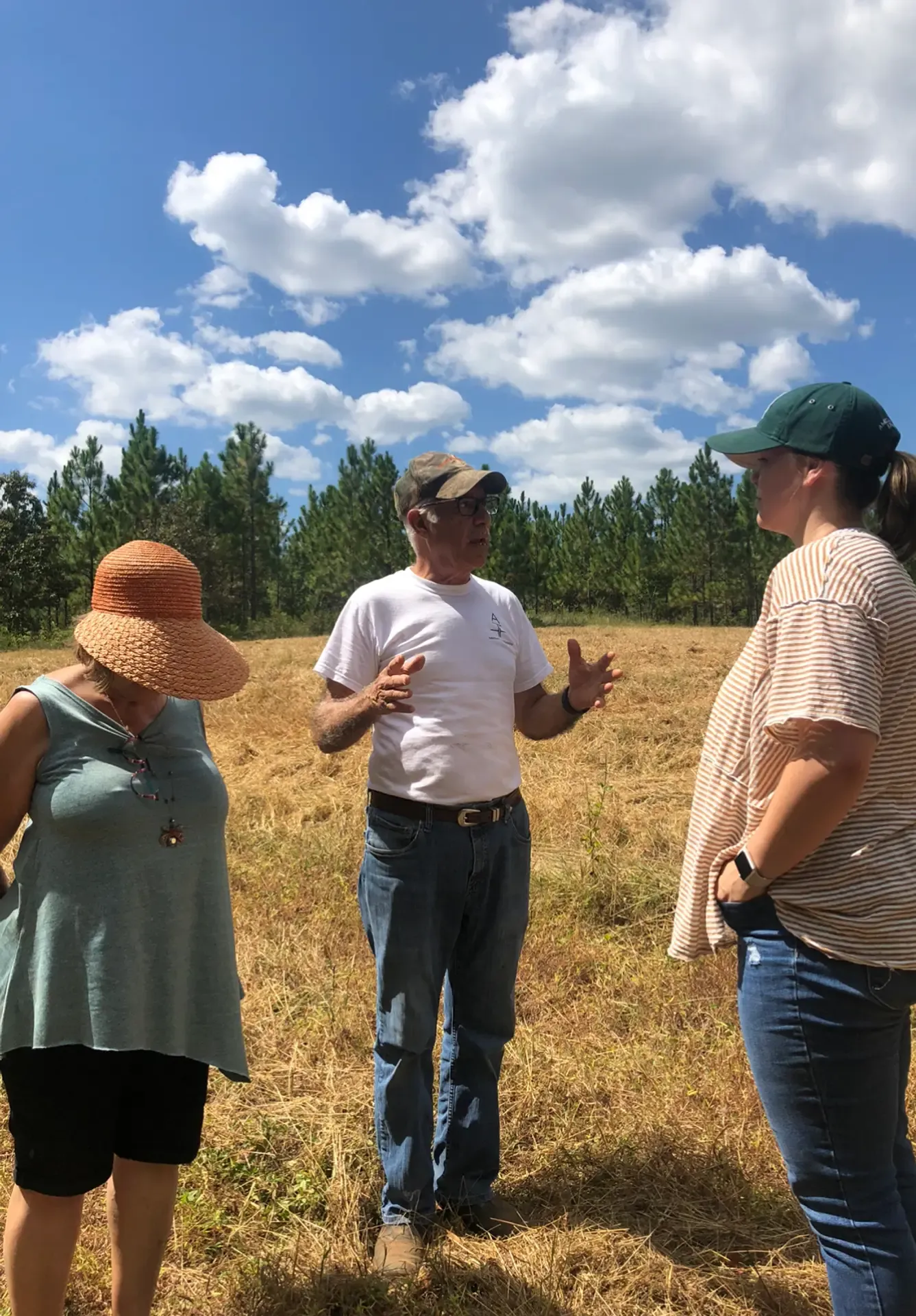
Salem and Dianne Saloom on their property in Alabama talking to Memorie English, AFF's Manager of Southeast Strategic Partnerships.
"He’s a true J," said Dianne, referring to the Myers-Briggs personality types. J, for Judging, means he tends to focus on tasks, plan, make decisions, and prioritize work over play. These are qualities that benefit a surgeon, yes, but they’re also qualities that have made him a leader and success story among family forest landowners.
From the outside, it might seem like Salem is the one leading the family’s forest life, but he always credits Dianne for her indefatigable work, sometimes at his side and sometimes behind the scenes.
"The scope in which Dianne and Salem apply their passion for the world is broader than most of us. They make room in their lives for the things that they value," said Tom Martin, president and CEO of the American Forest Foundation (AFF) and a personal friend of the Salooms. Martin has spent time on the property, working alongside Salem and Dianne and Patrick.
Since 1996, Salem and Dianne have served as medical and surgical missionaries in developing countries, but dropping Salem’s private practice gave the Salooms more time and space to focus on their shared passion for working their land themselves.
"The more one works the land, the deeper one’s affection and passion for that land," said Dianne about how their hands-on management has increased over time.
The way the Salooms talk about working their land is almost spiritual, part and parcel of their active faith in God. They might not know their acreage like the back of their hands, but it’s close. "For us, every tree is important, and when we find a dead tree, it’s a downer. Though sometimes dead trees take on new importance as homes for birds and other wildlife," said Salem.
"We’re always learning from experience, and always improving our practices and doing it better. We harvest timber every three to five years, mostly loblolly, some of which was here when we bought it, and we continue to manage by thinning, prescribe burning of not only longleaf but loblolly to improve wildlife habitat, decrease fuel loads, and improve existing growth. We replant after final harvests."
When Hurricane Ivan hit the area in 2004, the Salooms’ loblolly and slash pines, which composed the bulk of their acreage at the time, were decimated. The small sections of longleaf pine, an indigenous species and one that has a longer life span than the other yellow pine species, weathered the storm beautifully. This motivated Salem to embrace the longleaf for its superior durability and longevity. Today, after almost two decades of making it a priority, longleaf comprises more than 1,000 acres – roughly half – of their total acreage.
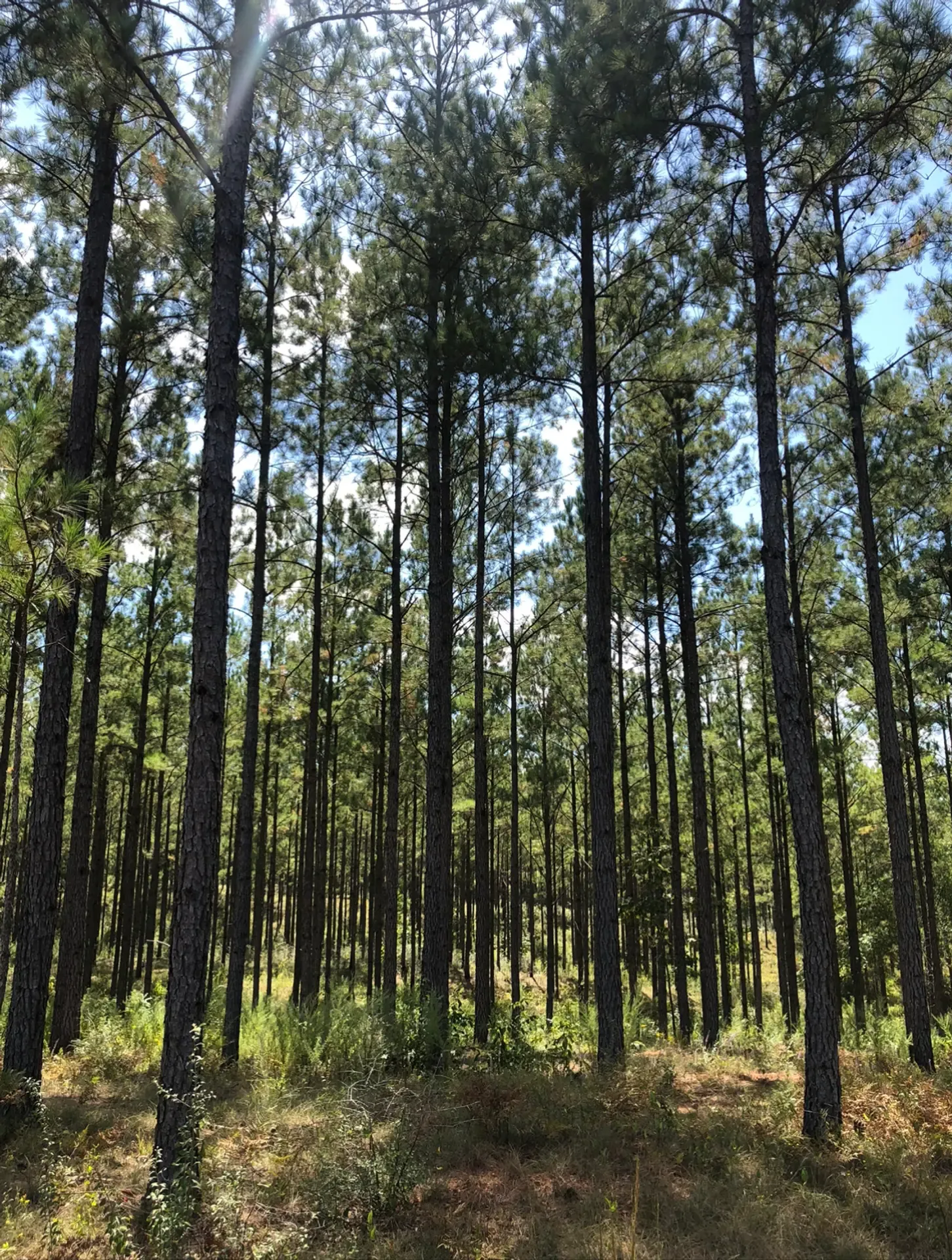
Longleaf offers a multitude of benefits over other pines, and it’s the prime habitat of several species of reptiles, mammals and birds, including the gopher tortoise, a keystone species that’s endangered west of the Tombigbee River and threatened east of it.
In their time as tree farmers, Salem and Dianne have witnessed the benefits that come from actively managing the land, including the repopulation of the gopher tortoise, which makes long burrows that are used by foxes, rabbits, bobwhite quail and hundreds of other animal species. Without the prescribed fire of the longleaf forest, not only does the tortoise suffer, but also all the other animals that depend on its burrows.
"We need not only to work to make sure forests continue to thrive, but to educate the public so that sustainability is ensured. Here in the south and southeast, we’re planting more trees than are being harvested," said Salem.
It’s this balance – what they can give the land, and what the land can give them – that distinguishes the Salooms from many forest owners. Through real-world experience, study, and expert guidance, the Salooms have gotten to the point where they do about 90% of the work of farming their land, though they are fortunate to have a consultant forester who gives advice, manages timber sales, and helps monitor the property from his private prop plane.
Unlike many family forest landowners who require income from timber to reinvest in the land and pay taxes, the Salooms are able to manage their land without chasing the market. They welcome visitors, including schoolchildren and other landowners, to their property all year long, and they’ve nurtured friendships with family forest landowners all over the country.
"What tree farmers have in common is a true passion for their land, for wildlife and recreation – it’s not about the money, for the most part. Most tree farmers own land for reasons of conservation, aesthetics, and wildlife and recreation, and to pass on a legacy to the next generation. Income is typically secondary," said Salem.
The Salooms are blessed with a tremendous amount of energy, much of which they spend working their land. Salem also serves on the boards of several conservation and longleaf foundations, and they’re active in the leadership of their Episcopal church, at the local and diocesan levels. They also make time for one of Salem’s primary passions: turkey hunting.
"Salem and Dianne share a unique love for their fellow humans and the natural world. They’re extremely warm – people are drawn to them," said Martin.
And the Salooms show no signs of slowing down. This coming winter they’ll plant another 40 acres of longleaf, which means that right now they’re busy with the dozer work constructing fire lanes and preparing site prep. "We are looking forward to seeing natural regeneration of our longleaf in the next 20 years," said Salem.
That said, Salem and Dianne are now planning for a future they won’t be around to witness. Who will bring the same depth of connection to the land?
Who will take over the work of visiting with school children, opening young eyes to the many benefits of protecting our forests? Who will care for their trees?
Unlike his father, Patrick Saloom doesn’t have much affinity for hunting. At age 37, he has a master’s degree in computer science and software engineering and is at work developing an app for young kids that integrates his lifelong experience in forestry into a game that promotes ecological awareness. Whether he will one day choose to cultivate and manage the acreage with the same hands-on dedication his parents have brought to the tree farm, only time will tell. But as the Salooms are the first to acknowledge, there’s more than one way to contribute to a better future.
"We worked hard, saved our money, and invested wisely. Now we’re thankful to be where we are. We’re not going to live forever, but we do want our forests to make a difference. We want to make a long-term investment in the planet," said Salem about their legacy planning with AFF.
"The staff at AFF are impeccable people. They’re honest, innovative, intellectual – and for the most part younger, which is good for the future. The work they’re doing with the carbon sequestration program is just one example of their forward-thinking," said Salem, referring to the fact that actively managed forests can increase the sequestration of carbon from 15% to 30%. "We trust the organization and its good stewardship practices. It’s all about the relationships."
And the admiration flows both ways. As the Salooms plan for the future of their own land, their ongoing and legacy gifts to AFF support the foundation's short- and long-term goals, including mitigating wildfires in the west, biodiversity in the southeast, and increased carbon sequestration. Also, support from the Salooms and others will turn AFF’s goal of doubling the current number of partnerships with landowners into a reality.
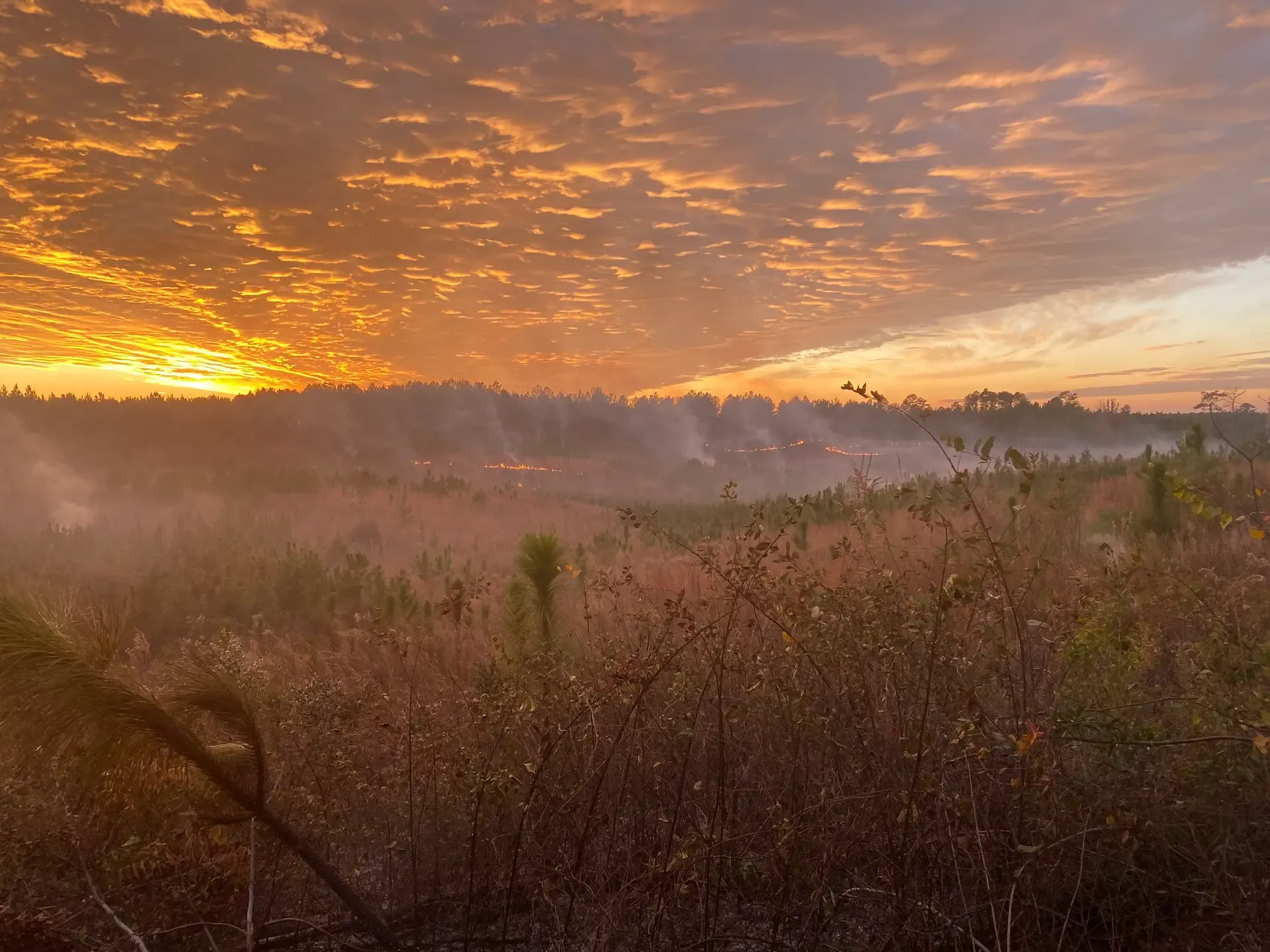
A controlled burn of longleaf pines on the Saloom's property in January of 2020.
"Most people in our situation who are able to make a difference would if they knew how," said Dianne.
At the end of our interview, Salem and Dianne invited me to visit their forest, stay in their guest room, and climb 110 feet to the top of their restored 1930s fire tower to appreciate the land in all its glory; maybe even at sunset. It was an invitation warmly and sincerely delivered, and I will relish the opportunity to take them up on it. "If you come in the winter, you might catch a nighttime burn, which is just gorgeous," said Salem.
Salem handles the prescribed burns himself, with and without Dianne’s help. And just days after a burn, when the green tips of new growth reach up from the earth, the Salooms are reminded of their vital role in sustaining the land. "We believe those little shoots are an Easter story," said Dianne.
This piece was originally published as part of AFF's quarterly magazine, Woodland Magazine. You can read the full piece in the digital edition of the publication.
Related Articles
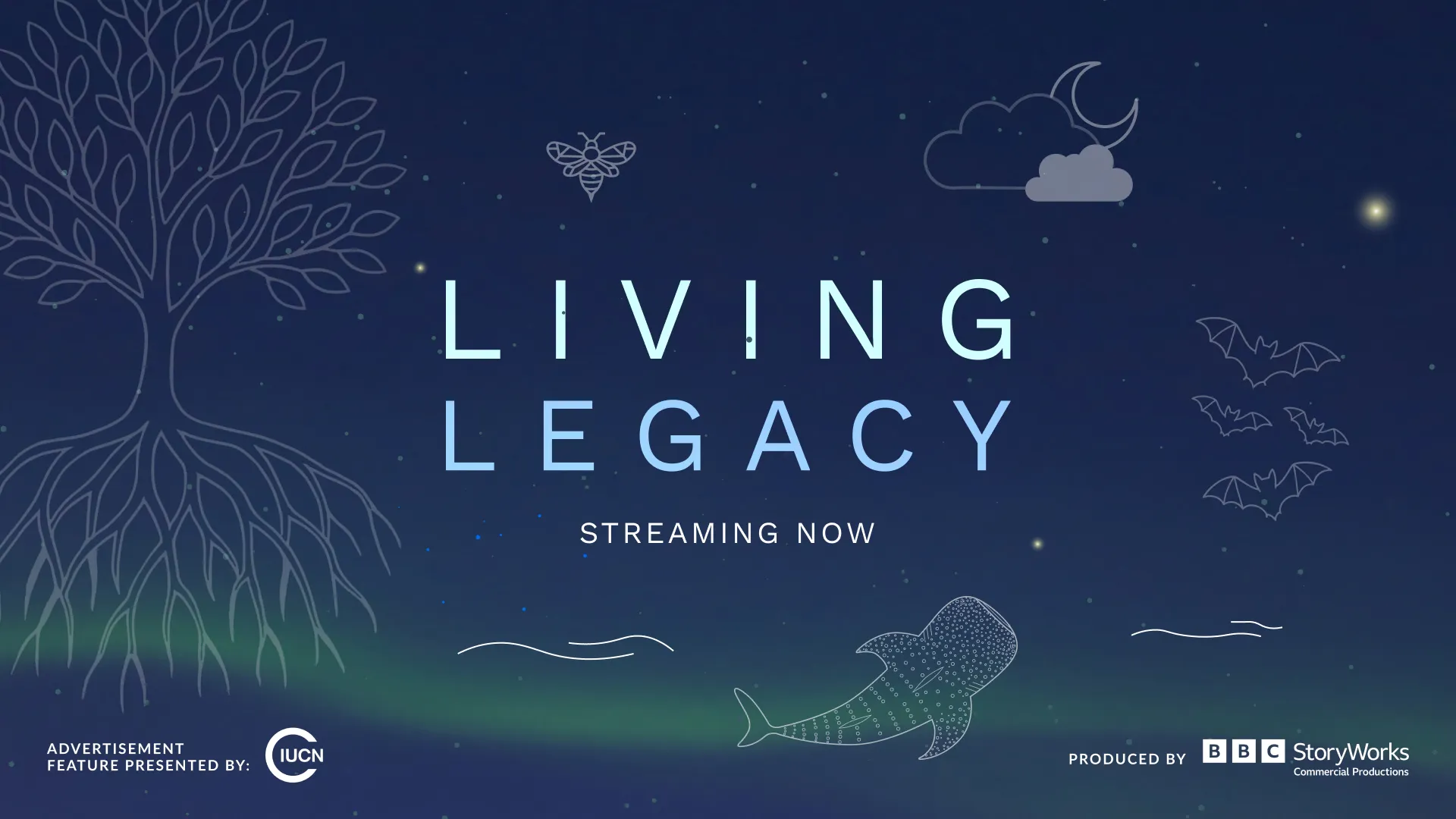
November 20, 2025
New Film Showcases Carbon Project’s Impact on Family Landowners and Nature
The American Forest Foundation (AFF), a national organization committed to empowering family forest owners to create meaningful conservation impact, announced today the release of a new film that tells the story of the Family Forest Carbon Program (FFCP) and its impact on people and the planet.
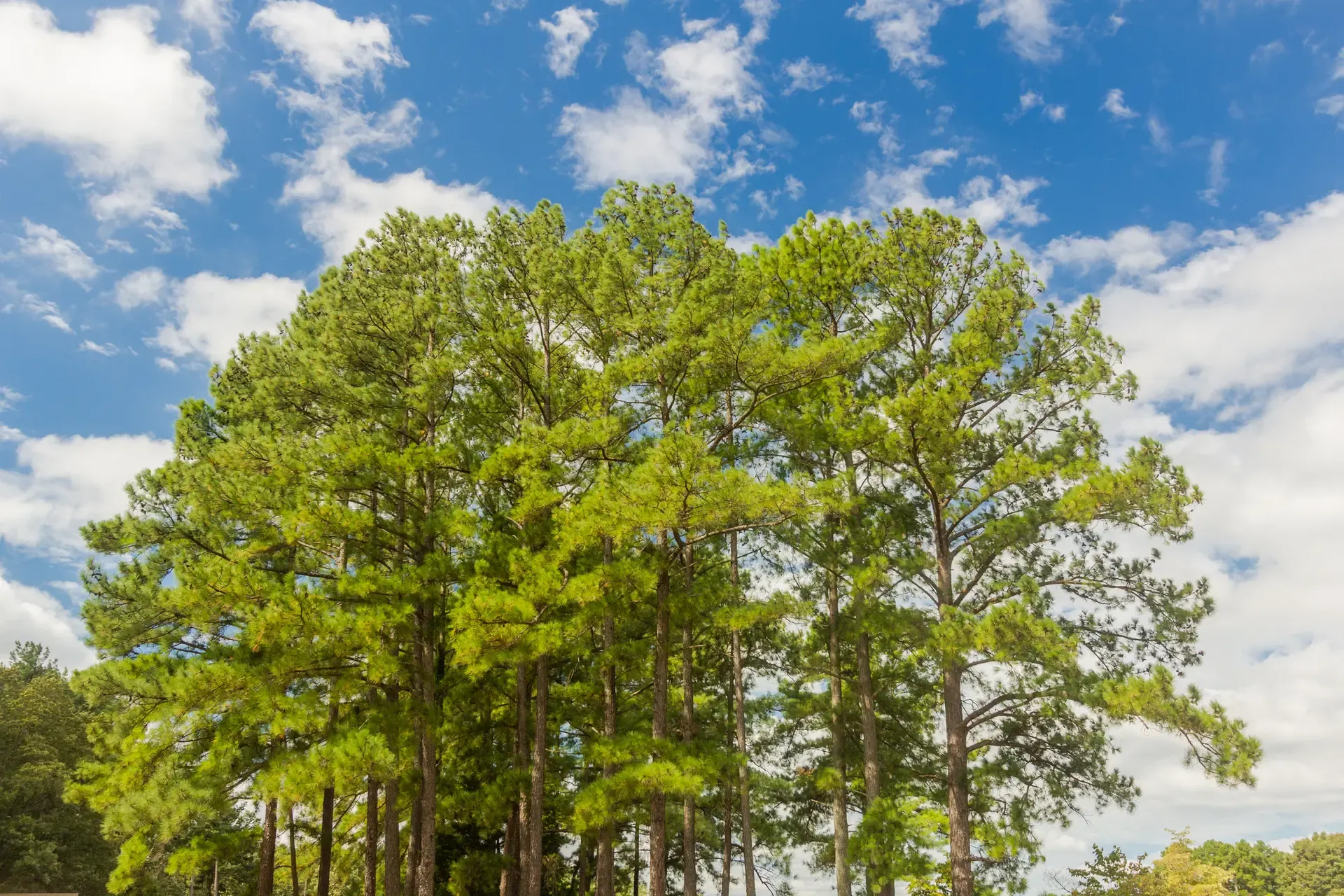
June 3, 2025
Why Wildlife Loves Loblolly—And How These Pines Can Benefit Your Land
A quiet stretch of pine trees can offer more than just scenery—it can provide vital habitat for wildlife across every season. Loblolly pine, the most common native tree species in the Southeast, plays a particularly important role in creating habitat for a wide variety of game and non-game species, from wild turkeys and rabbits to songbirds and squirrels.
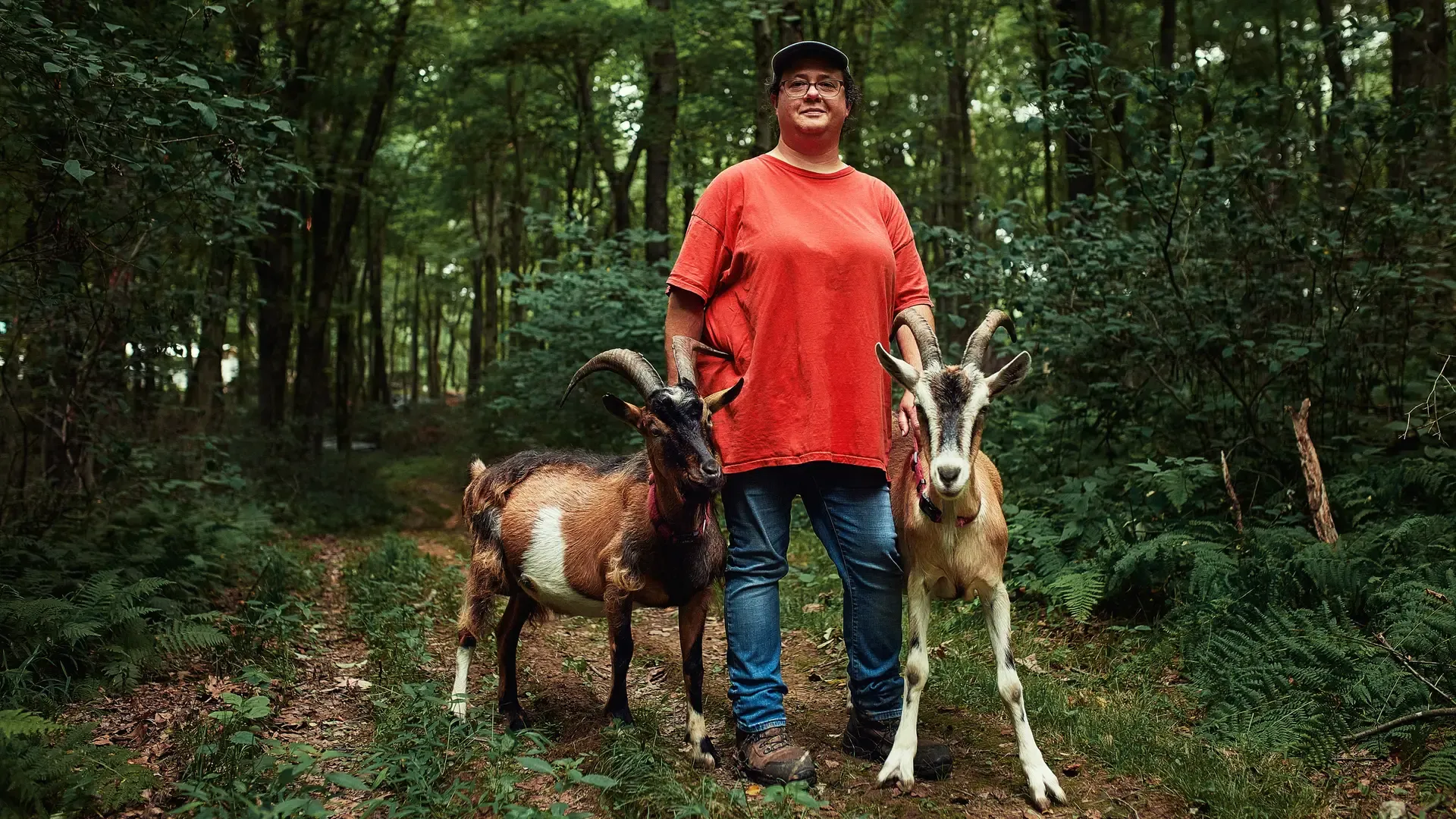
March 25, 2025
Goats, Trees, & Community: the Power of Family Forests
The Family Forest Carbon Program has connected Monica with a forester who helps her navigate how to use her land more sustainably. Landowners often fear that enrolling in a carbon projects limits the way they can use their land, but Monica is proof that a property enrolled in FFCP can be just as versatile as any other.